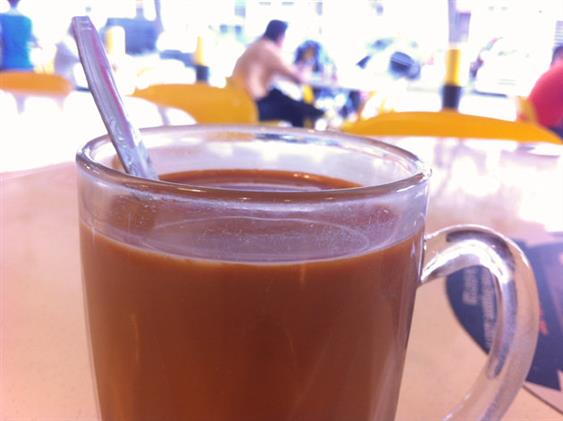
What does C in Teh-C mean?
By Sheere Ng - Tuesday, Oct 30, 2012
“Teh-C, Kopi-C, Kopi Ka Dai, Teh Peng, Kopi Suahhh…” – These are ordering code words that is music to the true blue, hard core Singaporean kopitiam lizards. To the novice, ill-informed expats, travellers or tourists, it might as well be Sanskrit. To the initiated, those are sounds that pre-empt a good local beverage.
While locals know what to expect when they order Kopi Ka Dai (sweeter coffee), not many people know how these terms came about. The most intriguing amongst them may be Kopi-C or Teh-C.
What does C mean?
It was brought to our attention that a couple of years back, a local newspaper reported that C refers to Carnation, which is a brand of canned evaporated milk most commonly used by coffeeshops here. Since Kopi-C is essentially a combination of coffee and evaporated milk, it seems logical.
But, coffeeshops also use Carnation’s condensed milk to sweeten regular coffee. Why then did they not refer to such coffee as Kopi-C, but simply Kopi?
Ask the Hainanese (preferably those who are aware of their heritage) and they will have a different explanation for the word C.
“C is a Hainanese pronunciation for xian (鲜), which means fresh in English,” says Mr Wee Jee Seng, executive secretary of Kheng Keow Coffee Merchants Restaurant and Bar-owners Association. Xian was a short form for xian nai(鲜奶), which means fresh milk. “Mention fresh milk and people today will think of the milk cartons sold at supermarkets. But before these milks were available, evaporated milk was the freshest one could get,” says Mr Ong Siew Ping, former Chairman of the same association.
Until today, coffeeshop owners follow through this habit. “We use lian nai (炼奶 or condensed milk) to make kopi, and xian nai to make kopi-C,” says Mdm Pang Yet Lan, who has been running coffee stall for more than 20 years.
Although kopitiam drinks were originally sold by the Hainanese Ah Ko (uncle), their names are not entirely Hainanese, but mixtures of various languages. Kopi is Malay, C is possibly Hainanese, Po is Hokkien and Ka Dai is Cantonese (Ka means add, while some say dai is a mispronunciation of nai (milk) by the non-Cantonese, who were referring to the sweet condensed milk).
Teh Siu Dai Halia Po anyone?



